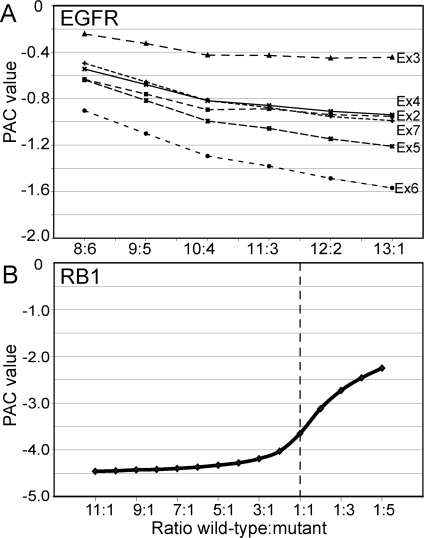Figure 4. Performance of PAC to detect recurrent outlier exons.
(A) Simulation experiment to determine PAC performance in detecting recurrent exon-skipping events among clinical glioblastoma samples, where mutant samples express the EGFRvIII isoform with deletion of exons 2 through 7. The cohort of 14 glioblastomas included six mutant samples that were replaced by wild-type samples through reiteration, based on their position from left to right in Fig. 3B. Deletion of EGFR exon 6 in sample GBM67 was detected only as unique mutant sample. (B) Simulation experiment to determine PAC performance in detecting recurrent exon-skipping events among breast cancer cell lines, using the wild-type cell line CAMA-1 and the RB1 exon 22 deletion mutant HCC1937. The two cell lines were analyzed under various cohort sizes, with either the wild-type or the mutant cell line as single sample. The mutant sample was still detected at PAC value −2.0 with five recurrent mutants among six samples. The average expression level of RB1 exon 22 dropped below PLIER 50 when more than five mutants were simulated, precluding PAC analysis (see Materials and Methods).

